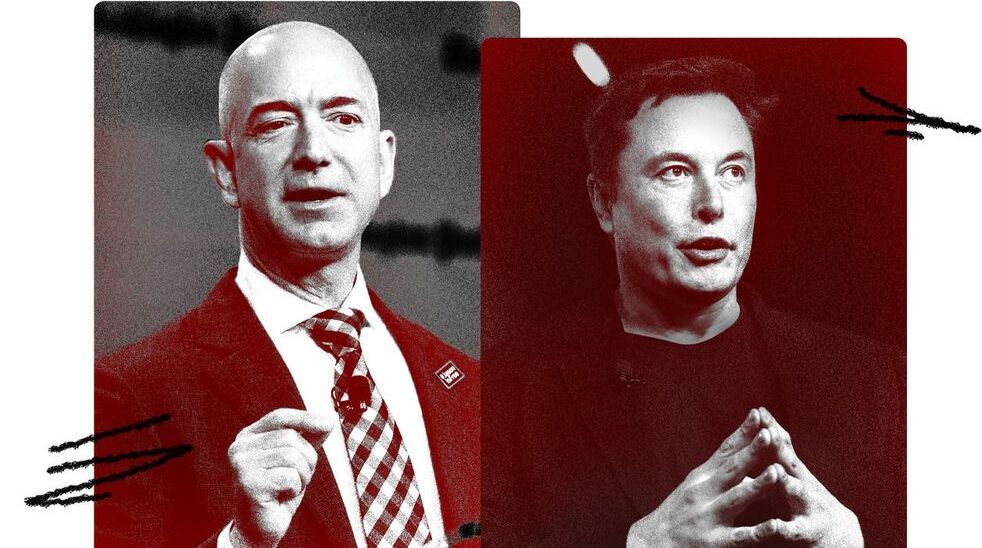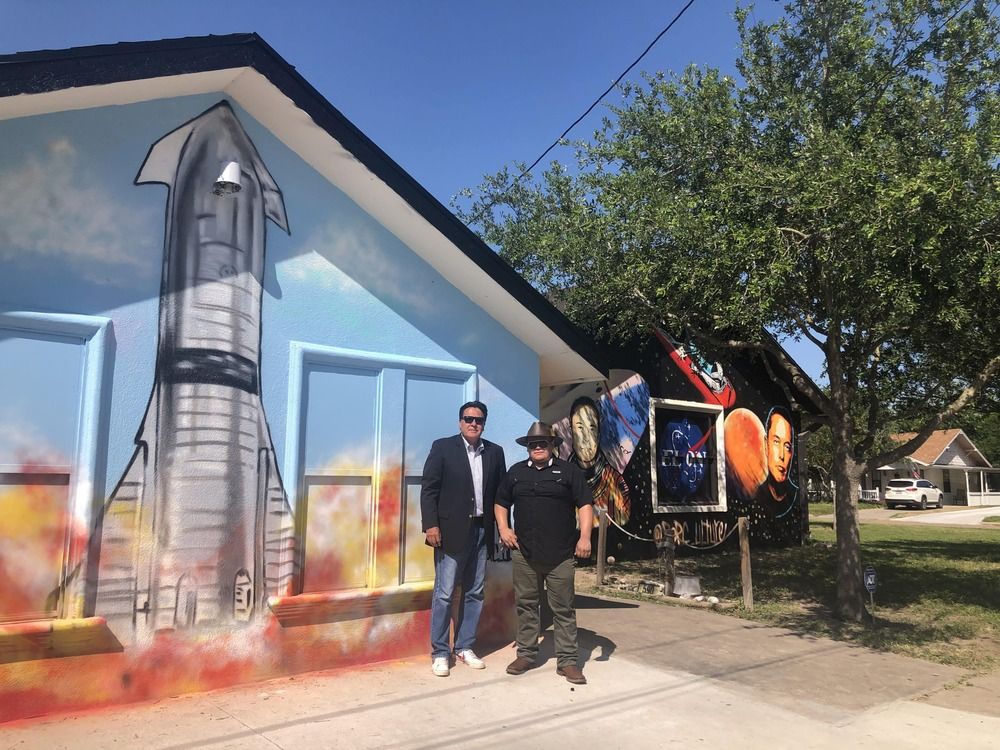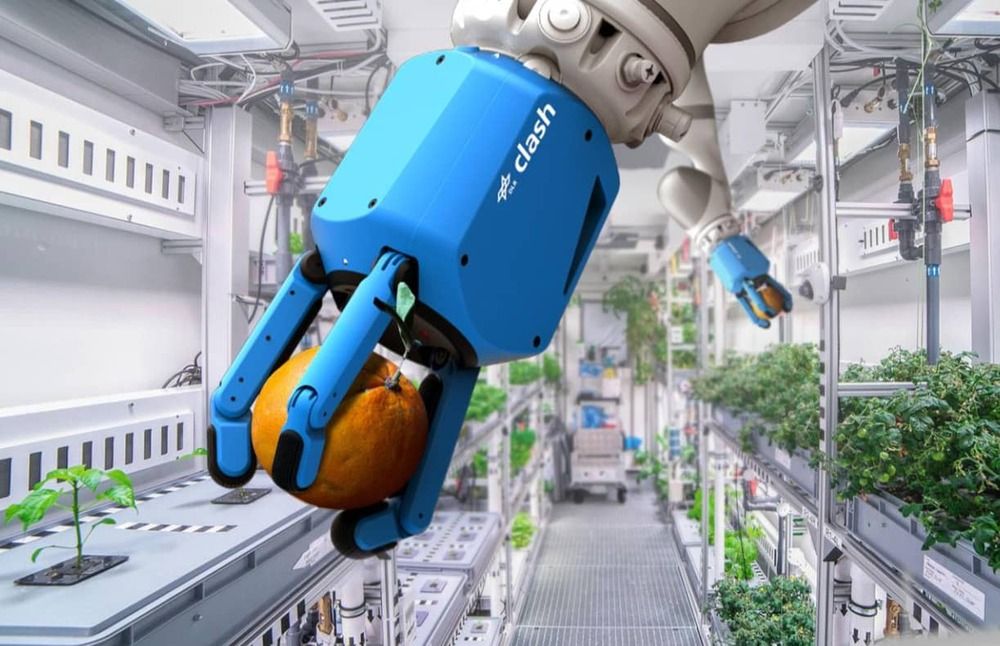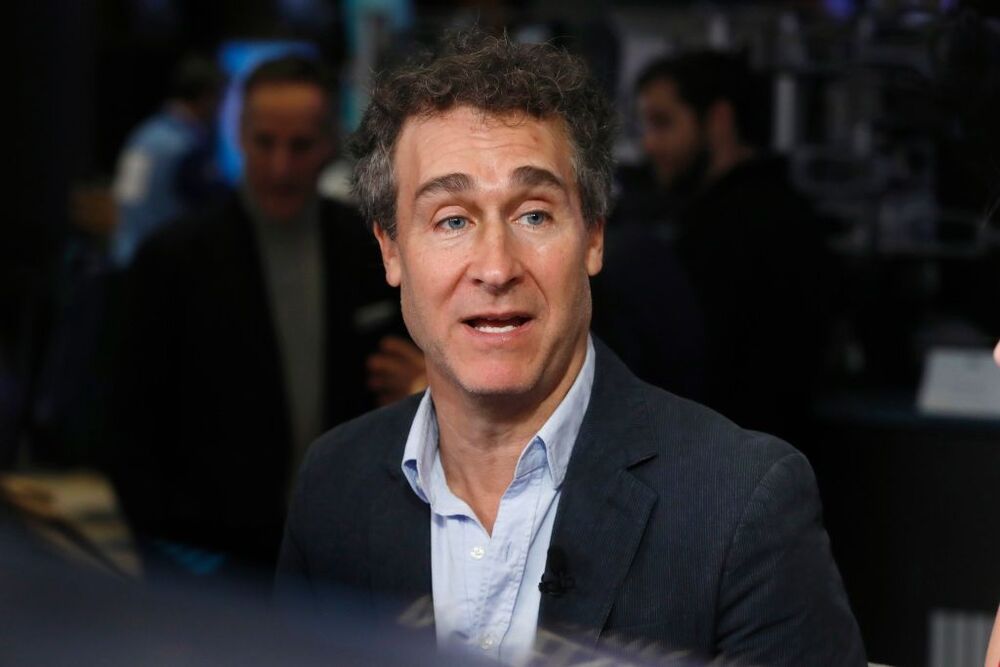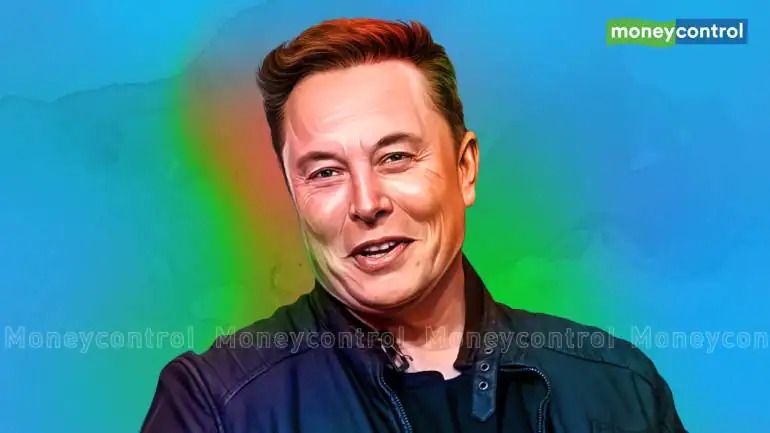SYDNEY, June 22 (Reuters) — Starlink, the satellite internet unit of Elon Musk’s SpaceX, expects to be able to provide continuous global coverage by around September but will then need to seek regulatory approvals, its president Gwynne Shotwel said on Tuesday.
“We’ve successfully deployed 1800 or so satellites and once all those satellites reach their operational orbit, we will have continuous global coverage, so that should be like September timeframe,” she told a Macquarie Group (MQG.AX) technology conference via webcast.
“But then we have regulatory work to go into every country and get approved to provide telecoms services.”


